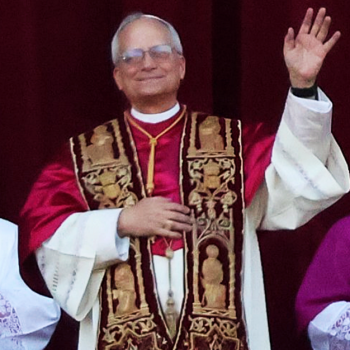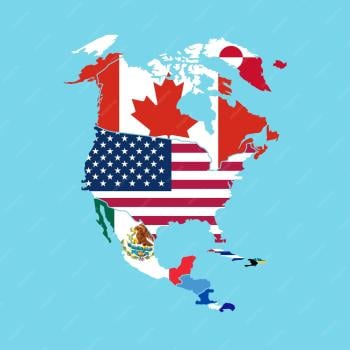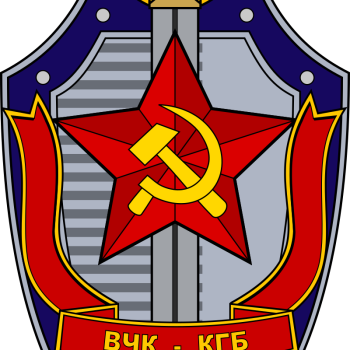One of my favorite Bible texts is Daniel 7.13-14. In the ESV it reads: “I saw in the night visions, and behold, with the clouds of heaven there came one like a son of man, and he came to the Ancient of Days and was presented before him. And to him was given dominion and glory and a kingdom that all peoples, nations, and languages should serve him; his dominion is an everlasting dominion, which shall not pass away, and his kingdom one that shall not be destroyed.” This text is the only place in the Old Testament that tells about “one like a son of man.” The original Aramaic text for it is kebar enash. The ke means “like.” And Daniel 7 is the only portion in the Old Testament that mentions “the Ancient of Days” (vv. 9, 22), which surely refers to God. But what does “one like the son of man” refer to?
Church fathers believed “one like a son of man” in Dan 7.13 refers to Jesus and that he constantly identified himself primarily as “the son of man” due to this text. I think they were right and that he mostly got his concept of the kingdom of God from this text as well. (Recall that Jesus taught constantly about the kingdom of God.) But most distinguished Old Testament scholars nowadays think it does not refer to Jesus but to the “holy ones” or “saints” (gaddise) who are mentioned repeatedly in Daniel 7 (vv. 18, 21-22, 25, 27). This interpretation is called “the Jewish saints interpretation.”
I think the main reason scholars make this mistake in Daniel 7 is that nearly all versions and commentators translate both illay and elyonin in Daniel 7 as “the Most High,” thus always referring to the God of Israel, YHWH, whom Jesus called “Father.” Both Aramaic words are adjectives meaning “high.” Among modern English versions, only the NASB distinguishes these two words here by translating illay as “the Most High” (vv. 9, 25) and elyonin as “the Highest One” (vv. 18, 22, 25, 27). Each time elyonin appears in Daniel 7, it is accompanied with gaddise, meaning “holy ones” or “saints.” Thus, gaddise elyonin appears four times in Daniel 7, and each time the NASB renders it “the saints of the Highest One.”
I think this translation practice of the other versions in Daniel 7 results in redundancy, and thus confusion, in v. 25. It is about the little horn that I think is a symbol for the final Antichrist. The NRSV is typical of versions by reading, “He shall speak words against the Most High [illaya], shall wear out the holy ones of the Most High [elyonin].” However, the NASB better translates it, “And he will speak out against the Most High and wear down the saints of the Highest One.” In this way, the Most High can be understood as God the Father and the Highest One as Jesus. Obviously, Jesus is higher than anyone else besides God because Jesus sits with God on God’s throne in heaven. The Bible constantly relates that God is the Most High because his throne is higher than any other throne.
By translating the four occurrences of gaddise elyonin in Daniel 7 in this way–as “the Highest One” who refers to Jesus–“the Highest One” refers to “one like the son of man” in v. 13, thus Jesus instead of the saints, who are his people. Nevertheless, his people will inherit the kingdom, as Daniel says in v. 27 in the NASB, “Then the sovereignty, the dominion, and the greatness of all the kingdoms under the whole heaven will be given to the people of the saints of the Highest One.” But the clincher for what I am saying is in the rest of this verse that reads, “His kingdom will be an everlasting kingdom, and all the dominions will serve and obey Him.” Some versions begin this independent clause with “Their” or the like, thus referring to the saints. Regardless, to whom does the last word “Him/him” refers? Verse 14 says of “one like the son of man” that “all peoples, nations, and languages should serve him,” who is Jesus. Thus, “Him/him” at the end of v. 28 surely refers to “one like a son of man” rather than God.
In conclusion, “one like a son of man” in Dan 7.13 refers to an actual human being–Jesus–thus not “the holy ones” or “saints” mentioned in the rest of Daniel 7.













